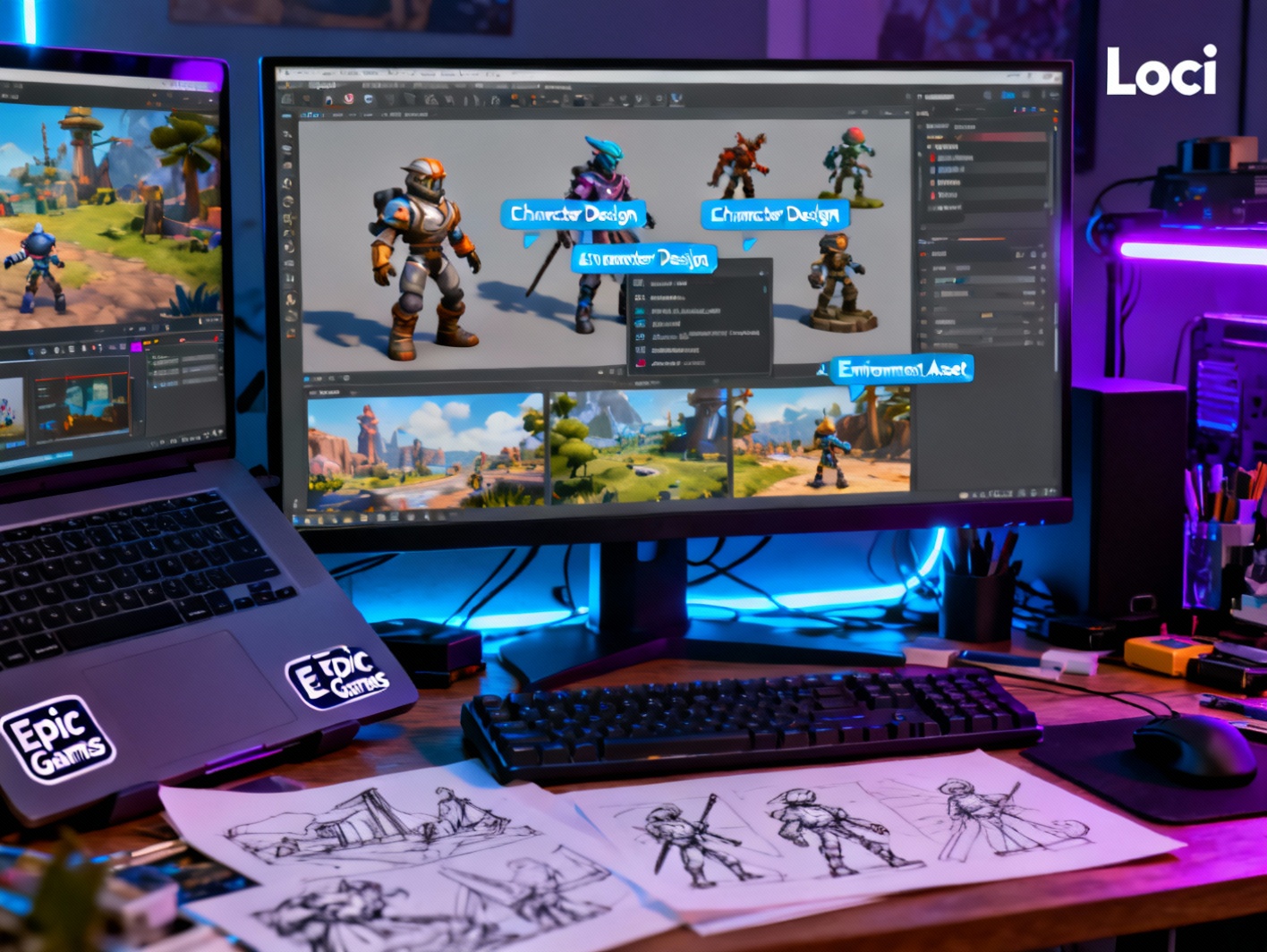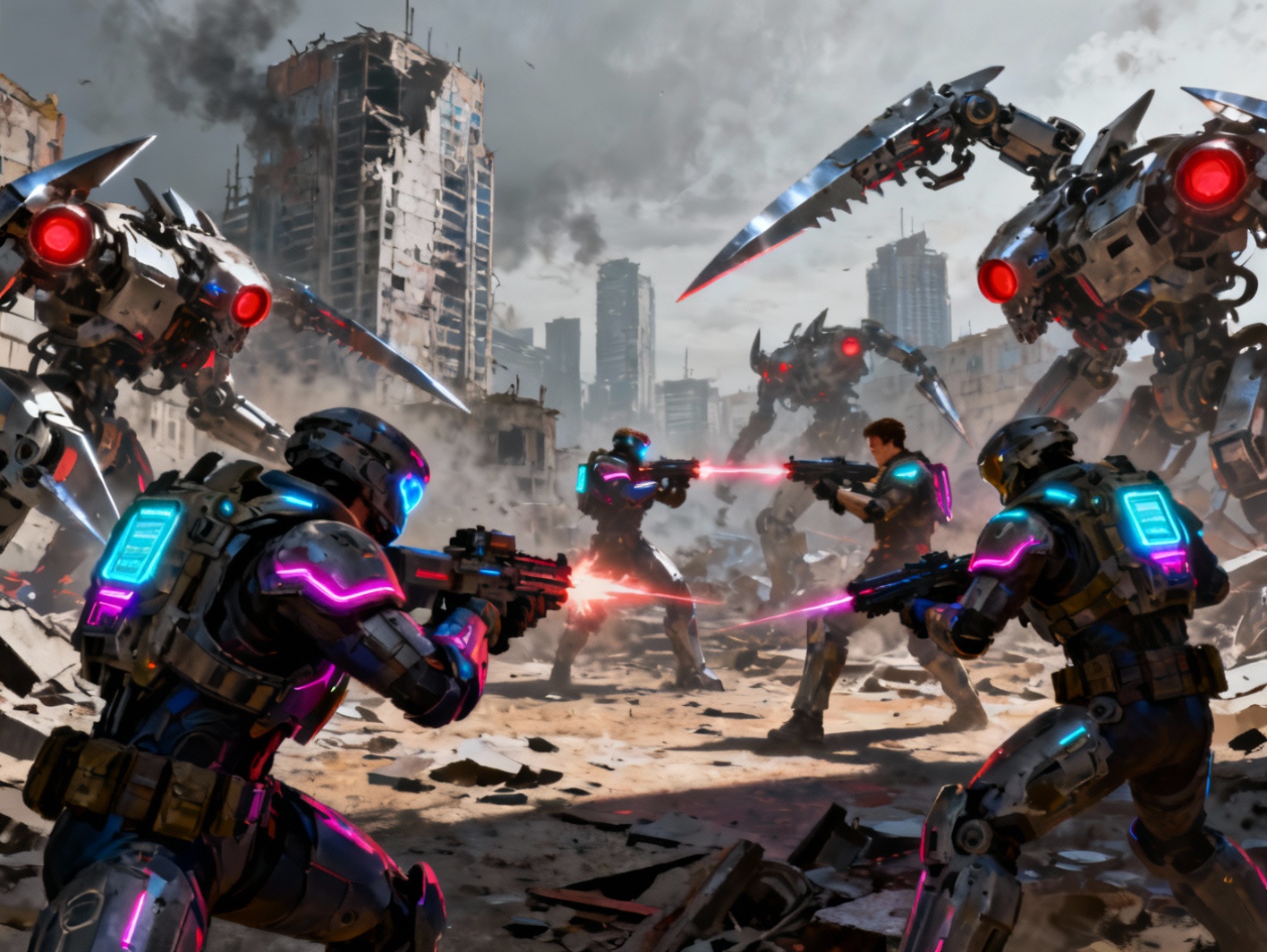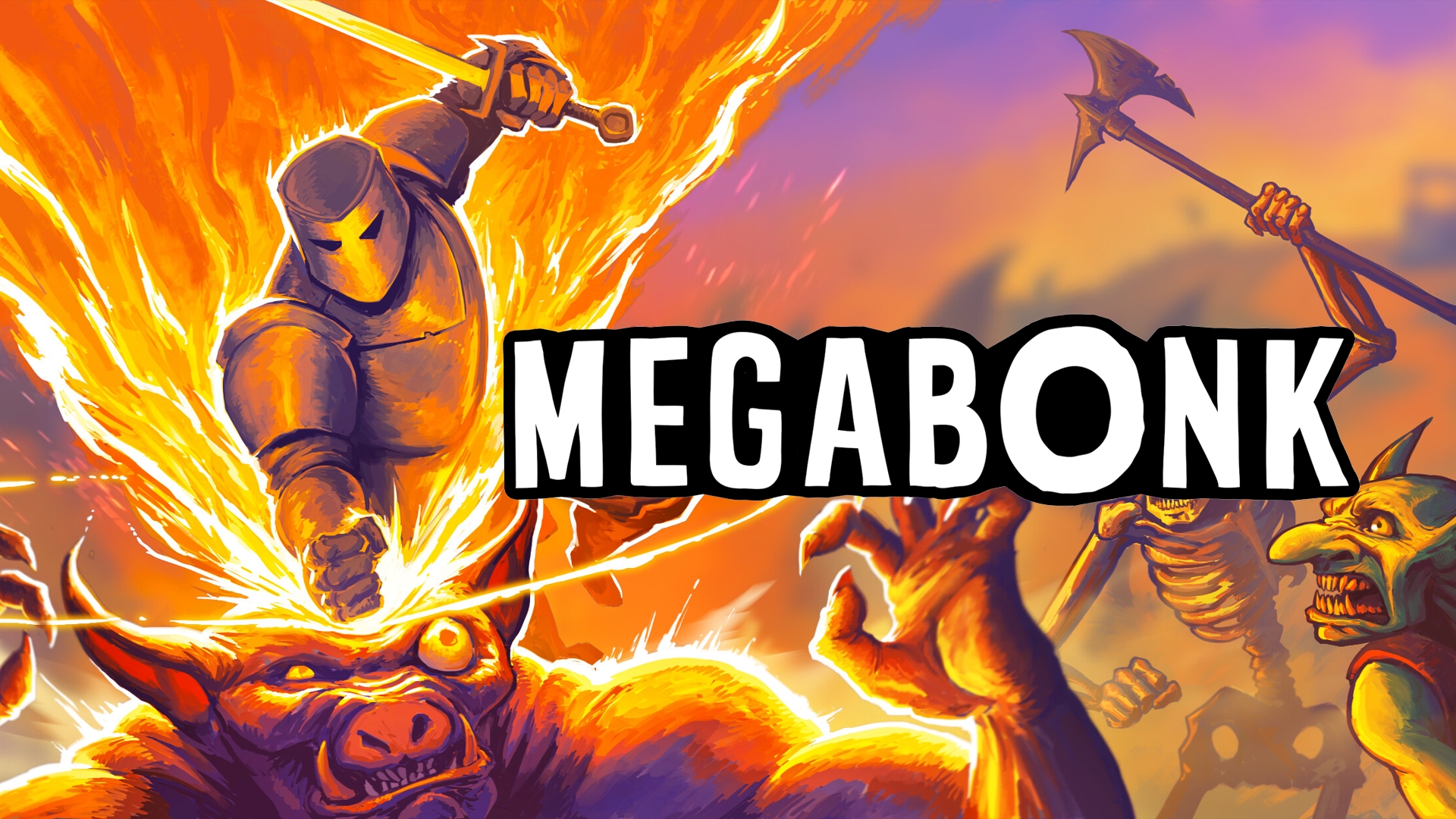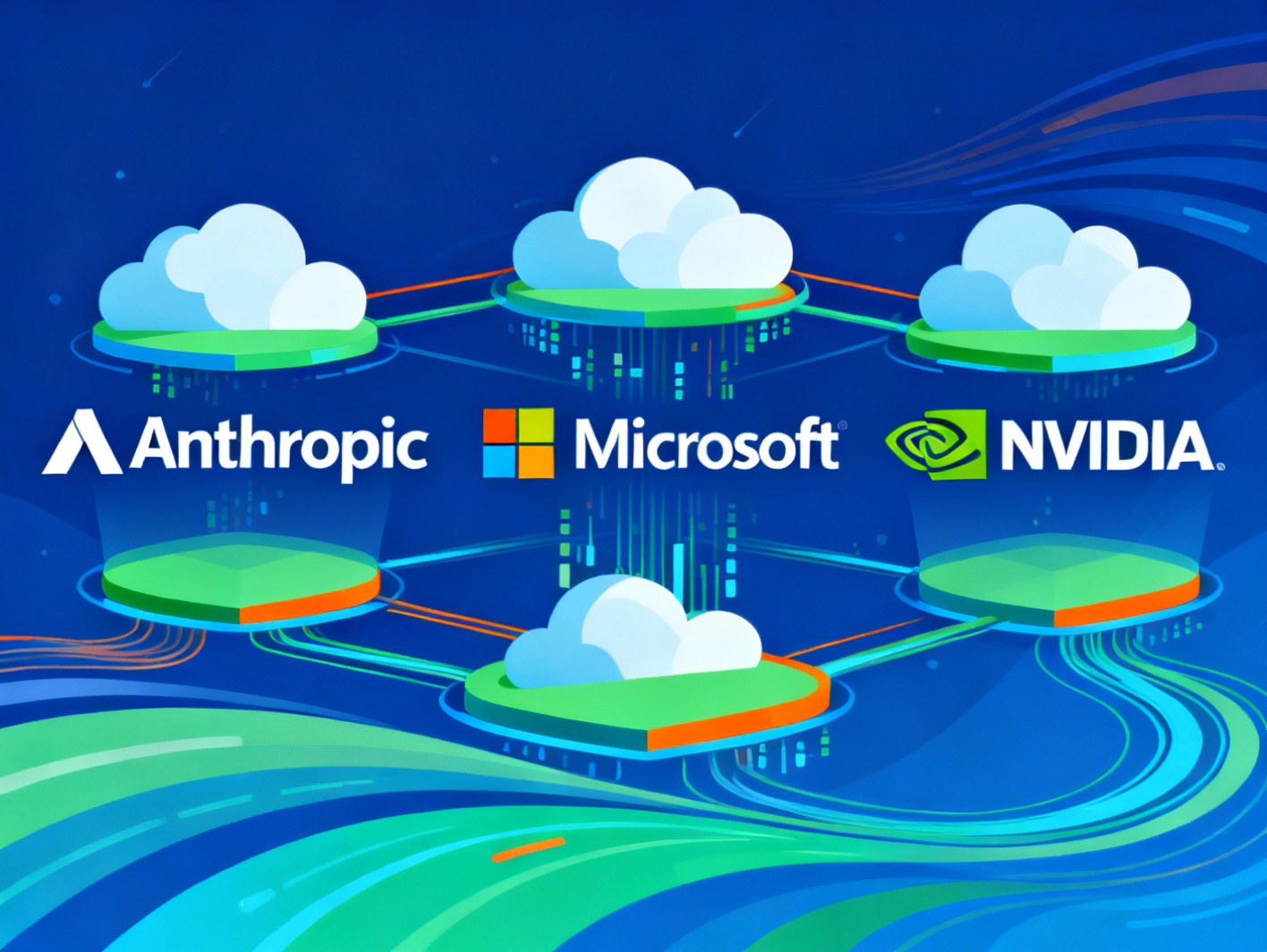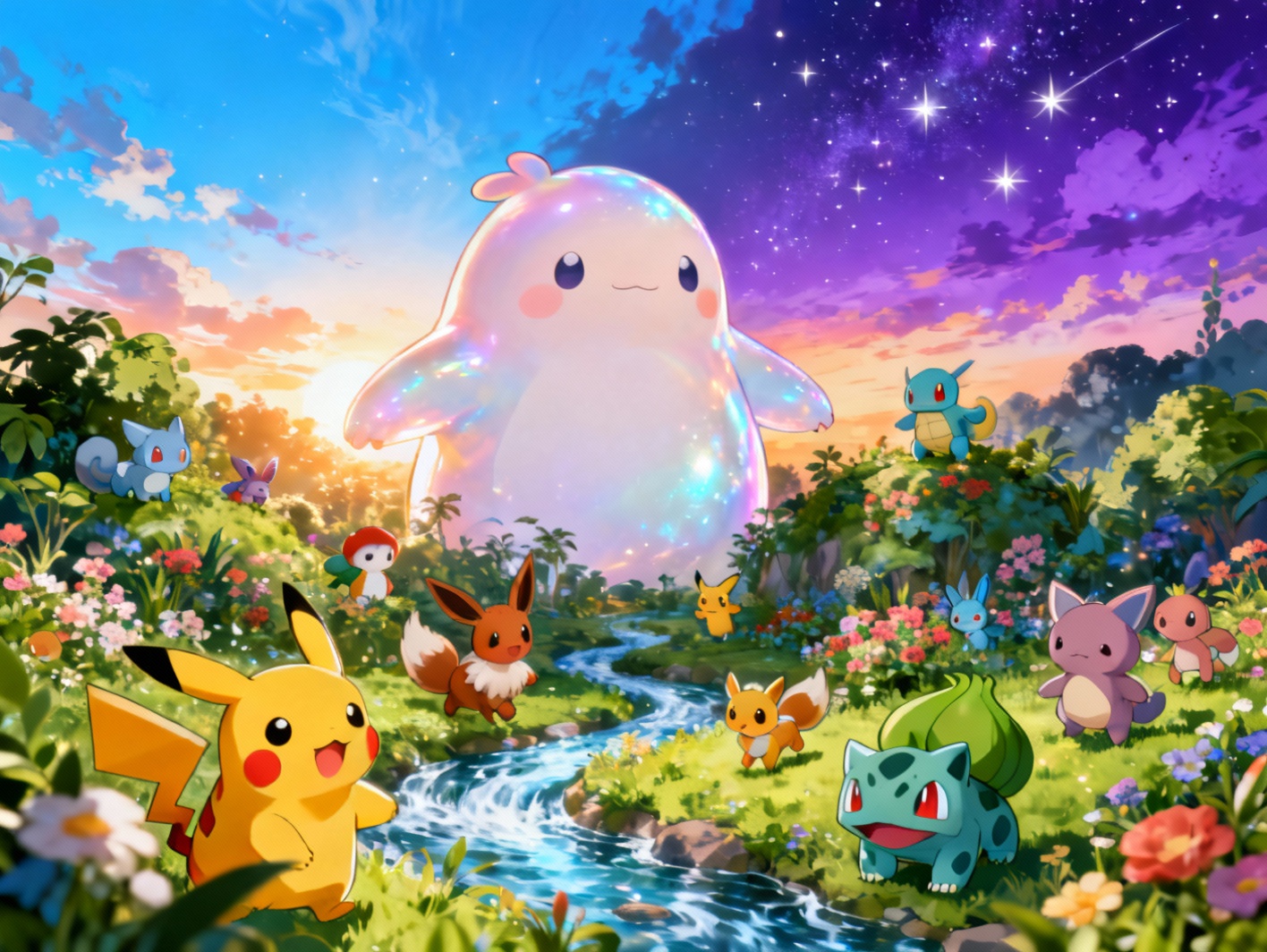Table of Contents
Nintendo is once again reshaping the gaming landscape with bold new ventures. The upcoming release of Pokémon Pokopia not only promises a refreshing gameplay experience inspired by beloved titles, but also marks a revolutionary shift in how games are delivered. At the same time, the launch of the Nintendo Switch 2 has exceeded expectations, helping the company strengthen its leadership within the gaming industry. This article takes a closer look at these two major developments, exploring how they interconnect, what they reveal about Nintendo’s strategy, and what they could mean for players and industry competitors moving forward.
Pokémon Pokopia: A New Era in Game Distribution
The announcement of Pokémon Pokopia has caused a buzz across the gaming world. Inspired by the charming life-sim mechanics of Animal Crossing and the open-ended creativity of Minecraft, the game invites players to co-create and explore a vibrant island filled with Pokémon. Players can build homes, gather resources, and engage in community-building activities alongside their favorite creatures, offering a fresh spin on the franchise’s formula.
The game is also making history as the first Nintendo-published title to use the Game-Key Card format. These new cards feature a download key instead of holding the actual software data, blending physical ownership with digital convenience. It’s a significant departure from traditional game cartridges, signaling a shift toward a more cloud-connected future.
This hybrid format could redefine how players interact with physical media. It addresses storage challenges while appealing to collectors who still want physical components. However, its success depends on consumer adaptability and trust in Nintendo’s online infrastructure. If received well, this method could reduce production costs and ease global distribution logistics, potentially shaking up how the industry approaches physical and digital game releases.
Switch 2’s Unprecedented Sales Performance
Since its launch in June 2025, the Nintendo Switch 2 has seen unprecedented success. Selling an astounding 3.5 million units in just four days, it has become Nintendo’s fastest-selling console to date. This performance is not only a testament to fan enthusiasm but also reflects the company’s strategic planning and marketing efforts.
Several factors have contributed to this overwhelming success. Launch titles such as Mario Kart World and Donkey Kong Bananza reignited classic franchises while adding fresh gameplay mechanics and enhanced visuals. These games not only tap into nostalgia but also utilize the new console’s improved processing power and expanded controller features.
In addition to its impressive game library, the hardware itself has captivated consumers. The Switch 2 boasts higher-resolution graphics, increased storage options, and a seamless hybrid design that continues the successful versatility of its predecessor. Enhanced multiplayer capabilities and cloud sync features have also played a role in attracting new demographics beyond core gamers.
Together, these innovations have created a compelling package for both returning fans and newcomers. The console’s instant popularity shows that Nintendo’s unique approach—emphasizing fun, accessibility, and creativity—continues to resonate globally.
Nintendo’s Financial Forecast and Market Response
Following the explosive launch of the Switch 2, Nintendo made a notable financial adjustment. Originally projecting 15 million units for its 2025–2026 fiscal year, the company has increased the target to 19 million units, reflecting renewed confidence in the console’s performance. This move not only illustrates robust consumer demand but reinforces internal belief in the sustainability of this momentum.
Alongside the unit projections, Nintendo has also revised its operating profit forecast to 370 billion yen, a 16% increase from previous expectations. The adjustment suggests strong software attachment rates, in which players are buying more games per console, and a healthy ecosystem for digital services and subscriptions.
This financial optimism is validated by surges in player engagement and global expansion of Nintendo’s online content strategies. Game updates, seasonal events, and cross-promotional features with mobile platforms are all supporting a thriving user base.
These developments also signal Nintendo’s increasing leverage over competitors in the increasingly crowded gaming market. The combination of hardware innovation, smart software releases, and bold financial foresight shows that Nintendo is positioning itself not just for short-term victory but long-term industry leadership.
The Game-Key Card Format: Innovation or Controversy?
The introduction of the Game-Key Card with Pokémon Pokopia marks a unique evolution in the way Nintendo delivers physical games. Rather than containing game data on the card, these new cartridges include a downloadable game code embedded in the physical card itself. It’s a strategic blend of convenience and collectibility, targeting two key gaming demographics—digital adopters and those who still enjoy physical media.
This format offers several advantages. First, it reduces manufacturing and shipping costs, as the cards are easier to produce than traditional cartridges. It also mitigates issues like game data degradation, potentially extending the product’s life. For consumers, it means they can still own a collectible item without the burden of physical storage. Players benefit from instant downloads and simplified updates via online access.
However, this shift isn’t without drawbacks. Internet-dependence could alienate gamers in regions with unreliable connectivity. Ownership concerns about digital licensing and the inability to lend or trade these keys could also impact consumer trust. Early reactions have been mixed, with collectors excited about the novelty, while some players voice caution about going further into digital-only territory.
Nonetheless, the Game-Key Card aligns with a broader industry trend that favors digital distribution over physical delivery. If Nintendo fine-tunes the experience and reassures consumers regarding ownership rights and offline access, this model could become a foundational aspect of its future catalog.
Future Prospects: Nintendo’s Strategy Moving Forward
With the Switch 2 gaining momentum and innovative formats like the Game-Key Card rolling out, Nintendo’s future strategies appear more ambitious than ever. The company is likely to continue exploring ways to bridge physical and digital experiences, appealing to both nostalgic gamers and tech-savvy newcomers.
Maintaining consistent hardware supply will be crucial. Given the early demand for the Switch 2, Nintendo must manage global manufacturing logistics to avoid shortages that plagued earlier console launches. Ensuring strong stock during peak seasons could help sustain sales throughout the year.
On the software front, diversifying content while leveraging existing IPs is expected. New titles that creatively reinterpret iconic franchises, similar to how Pokémon Pokopia reimagines gameplay, could keep content fresh. Third-party collaboration might also expand, especially with indie developers using Nintendo’s platforms for innovative storytelling.
Another possible focus area is the integration of Nintendo’s mobile ecosystem. Cross-platform features and cloud gaming could enhance user engagement and promote long-term retention. As competitors push into immersive tech, Nintendo may also dip its toes into augmented or handheld-based VR experiences.
Overall, Nintendo’s recent decisions show a company ready to take measured risks and re-establish its dominance. Balancing innovation with accessibility will be key as it navigates evolving consumer expectations and increasing competition from other platforms and digital services.
Conclusions
Nintendo’s recent moves demonstrate its ability to evolve with the times while staying true to its core values. The success of the Switch 2 and the bold introduction of the Game-Key Card format highlight the company’s vision and adaptability in a dynamic market. These efforts not only strengthen Nintendo’s stature in the gaming sector but also pave the way for new trends that could redefine how players interact with their favorite franchises. As Nintendo continues to push boundaries, fans can look forward to a future filled with both innovation and nostalgia, seamlessly blended to deliver unforgettable gaming experiences.

